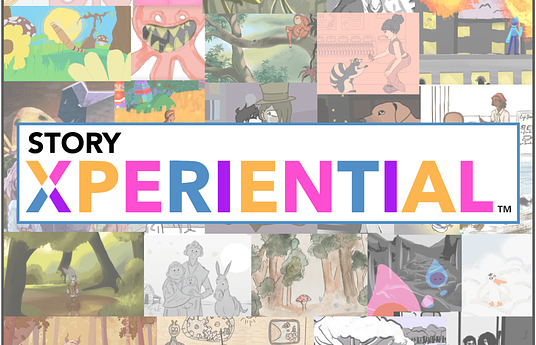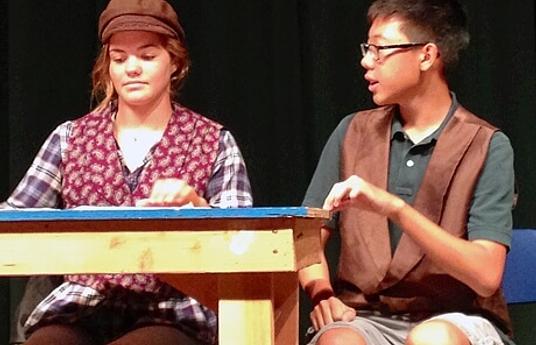Aquaponics is a self-contained aquaculture system that uses the waste product of fish to fertilize plants. Students are given the learning experience to explore a sustainable method of agriculture within the confines of a classroom. The nitrogen-cycle, a key nutrient for plants, has been shown to be a difficult concept for students to master; this hands-on project allows students to observe and manipulate the cycle giving them the ability to retain and apply the concept. Additionally students are given the opportunity to develop research and critical thinking skills by designing experiments using various factors within the system. Areas that students have explored with the system include: plant needs, nutrient and animal life cycles including mating and birth of fish, photosynthesis and cellular respiration, and water chemistry.
Our fish were able to mate several time and reproduce young, this was quite an experience for the students to observe, giving a real world application to relevant material they are learning in biology class. Students retained more knowledge about plant growth cycles because of their enthusiasm over the results from their growth experiments. Additionally our school took this module further; by creating a smaller version of the system and adapting it to the elementary levels to be used in their classrooms.



